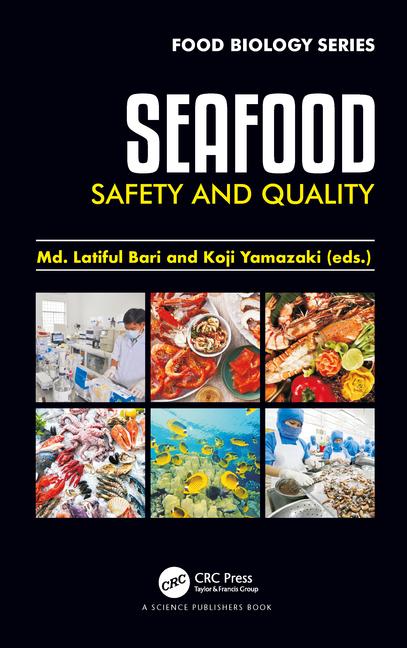
Decisions by processors on the types of garments that will be worn by workers - and even how they should be cleaned - often will determine the degree of product and plant safety.
Jim Bail, director of technical services for Ann Arbor, Mich.-based NSF International, a not-for-profit developer of health and safety standards and education programs, notes that the most appropriate apparel will vary in accordance with the specific processes.
“We would expect different types of gear in a luncheon meat operation than at a bakery,” he states. “But in every case, the primary concern is that the clothing itself not does pose a contamination risk or hazard.”
Because there are no regulatory standards governing the types of apparel that should be worn in all circumstances, Bail says operators should first ask themselves, “What risks are we facing?” in determining how to proceed.
Basic decisions can involve whether to have employees wear disposable clothing or washable fabrics.
Persons entering and leaving a facility frequently might be better off with disposable garments in order to avoid the time it takes to change in and out of washable clothes, Bail says.
Protection levels, meanwhile, should be based on the products being developed, the processing environments and how often the items are handled.
Persons working in a high-moisture, high-protein area, for instance, typically require apparel that repels moisture so the fabric does not become a harbinger of bacteria and other contaminants.
“There is less concern in a highly automated closed system where there is virtually no human contact with the product,” Bail says. “Workers still won’t wear street clothing there, but there is little need for full-body coverage if there is no opportunity for cross-contamination.”
While materials in most food safety apparel are similar to the fabrics in street clothes, garments worn in cutting operations have elements that are designed to safeguard workers.
Articles include reinforced gloves, aprons and cuffs that can’t be penetrated with a blade.
“That’s where you get into novel materials, such as woven metals,” Bail states. “And you have to deal with cleanability because the items are not disposable.”
Choosing the proper apparel, however, can be complicated as there are unintended consequences connected to every decision, he states.
Bail recommends that plant operators make food safety garment decisions in conjunction with their companies’ quality assurance personnel.
“We all benefit from the processors giving it good thought,” he states.






Report Abusive Comment